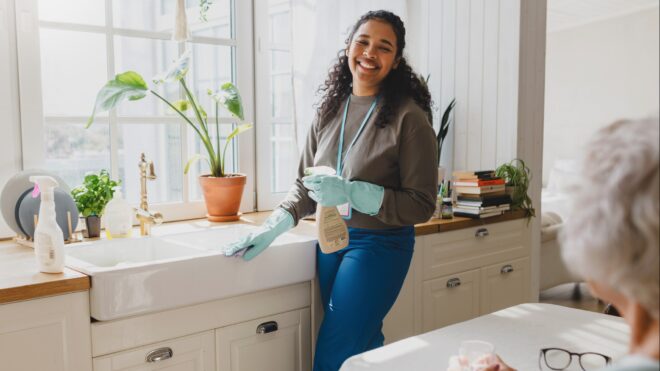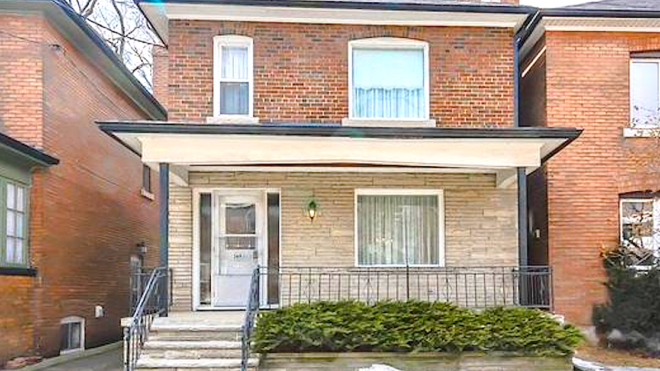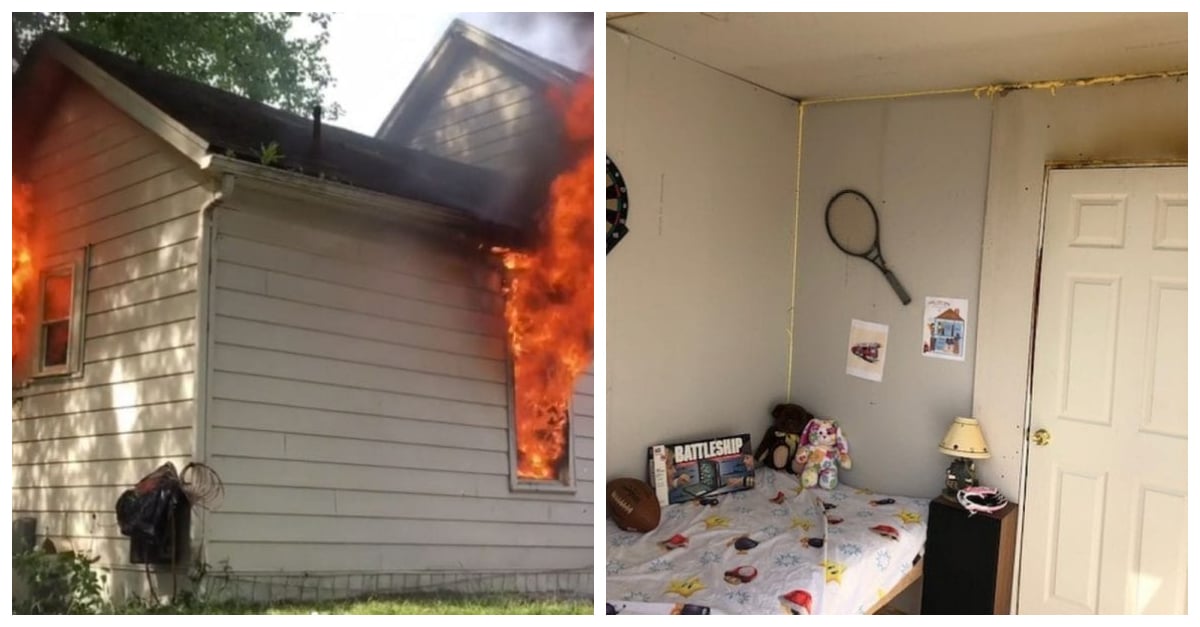
At the end of your day when you're getting into bed, do you close your bedroom door? What might seem like a preference that varies from person to person can actually be a serious danger in your everyday life. A study by the UL Firefighter Safety Research Institute, a safety science organization, revealed that nearly 60% of people sleep with their bedroom doors open.
As time progresses, construction manufacturers have veered toward synthetic construction materials. The use of synthetics has also spread into furniture and other household items. The result is an environment that allows a fire to spread faster than usual, leaving people only three minutes or less to escape, according to Underwriters Laboratories.
Leaving the doors in your home closed where possible can slow the spread of a fire, which is why the #CloseBeforeYouDoze campaign is so important. With closed doors, a sleeping person is less likely to be affected by smoke. This leads to higher oxygen levels in the room and decreased temperatures. UL is determined to spread the message about closed doors and even has a pledge people can sign, vowing to close their bedroom doors before bed.
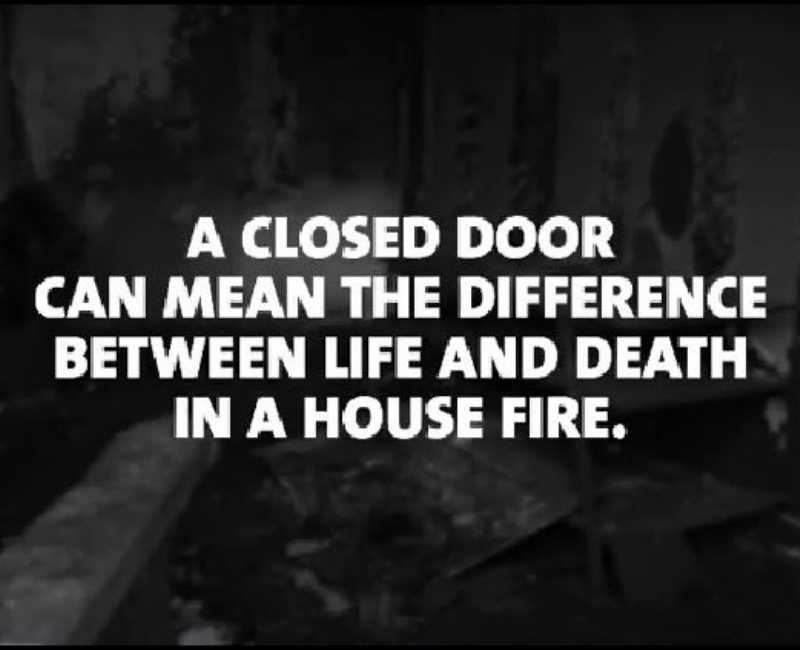
A majority of people like to sleep with their bedroom doors open, but it's not without risks.
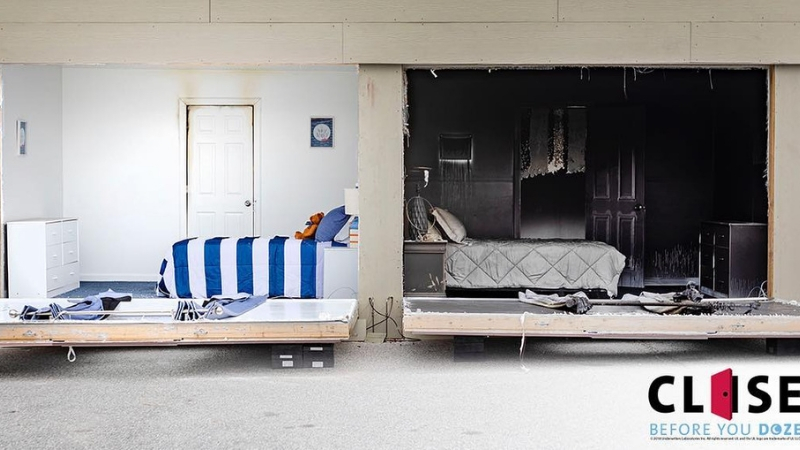
No, it's not the zombies or serial killers that will get you. It's a much more realistic, pressing threat: fire.
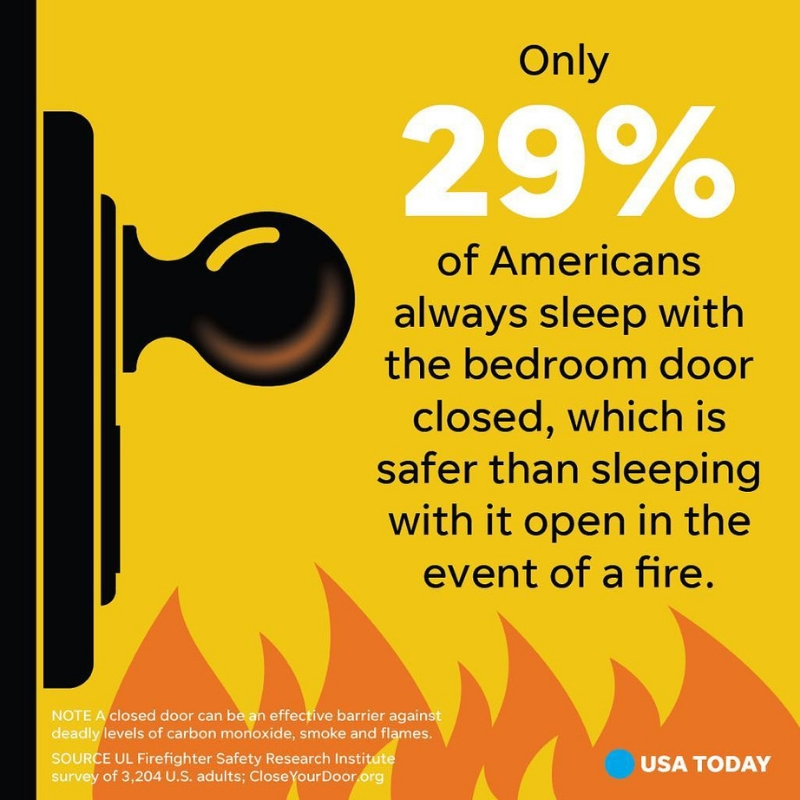
Only 29% of Americans always sleep with their bedroom doors closed, according to UL.
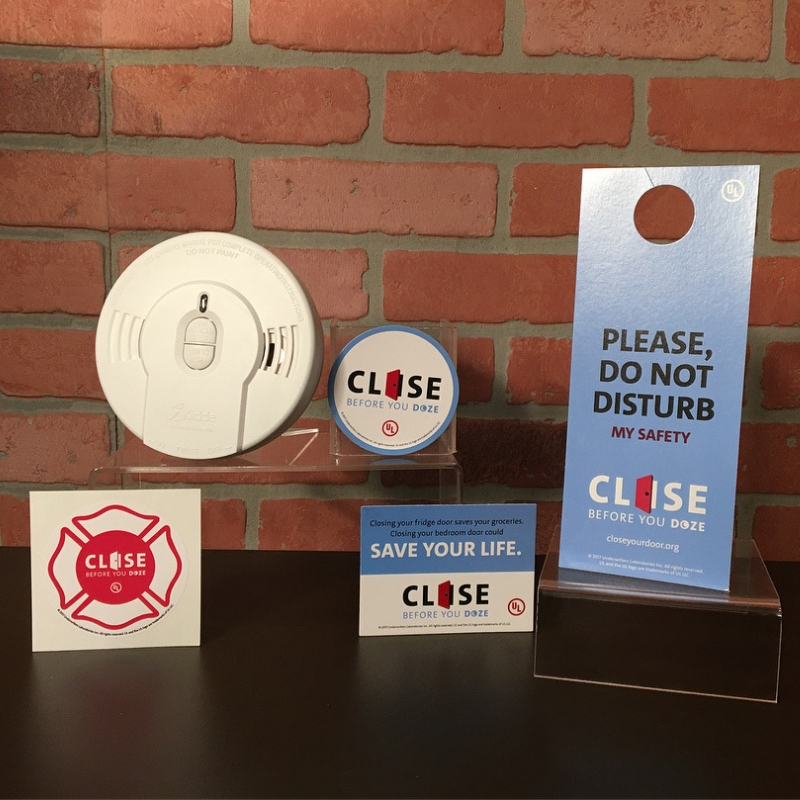
A closed bedroom door can be a very effective barrier to keep a fire from spreading. It can also reduce smoke, thereby preserving oxygen levels for a longer time.
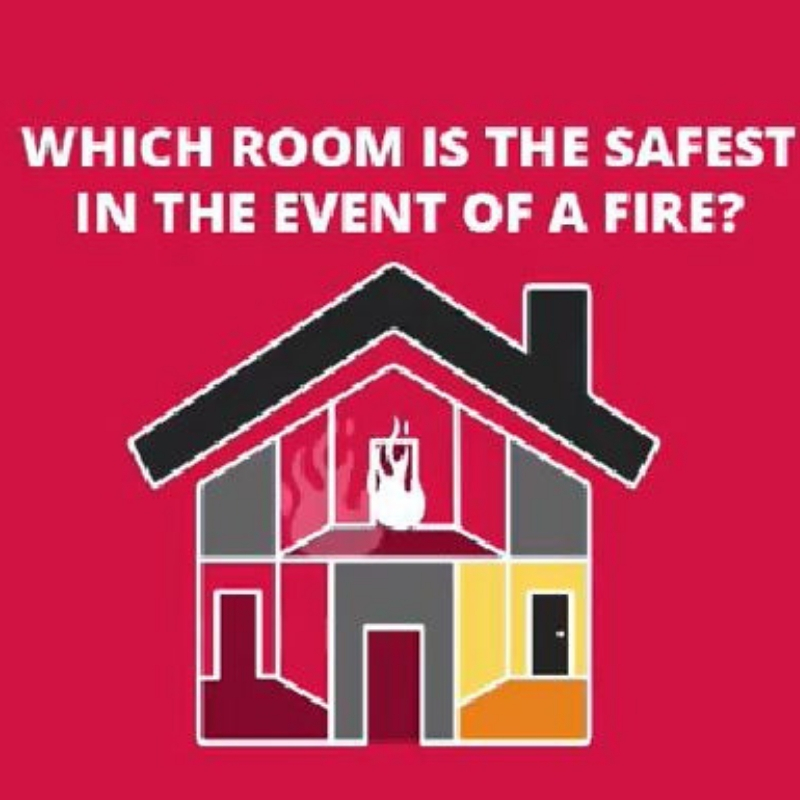
A room with a closed door is the safest place to be in the event of a fire. A household full of sleeping individuals is a vulnerable situation, so it's best to adhere to this safety regulation.
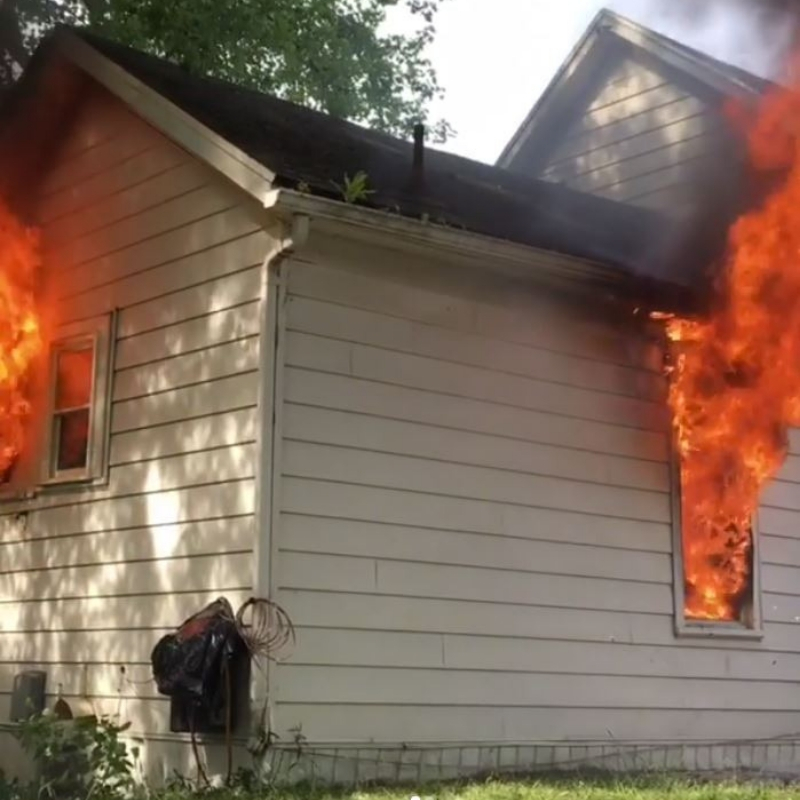
Although we educate people on fire safety from a very young age in the US, what many don't realize is how much more perilous these situations have become.
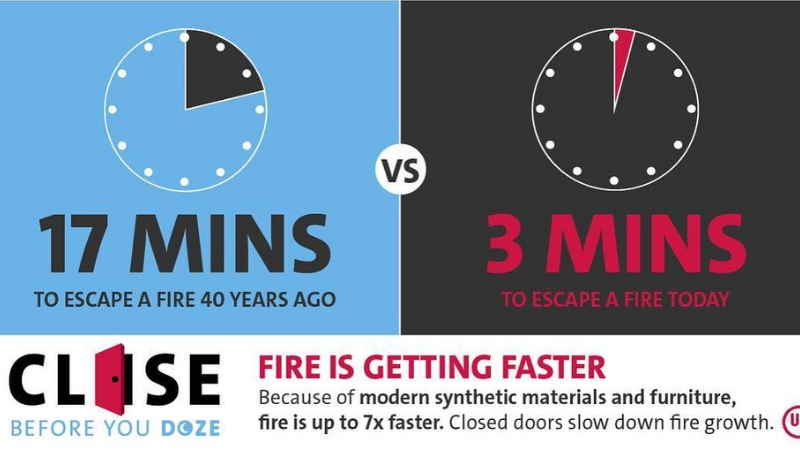
UL reports that compared to 40 years ago, the time you have to get out of a house that's on fire has dropped significantly. In the late 1970s, you had 17 minutes to get out, compared to three minutes today.
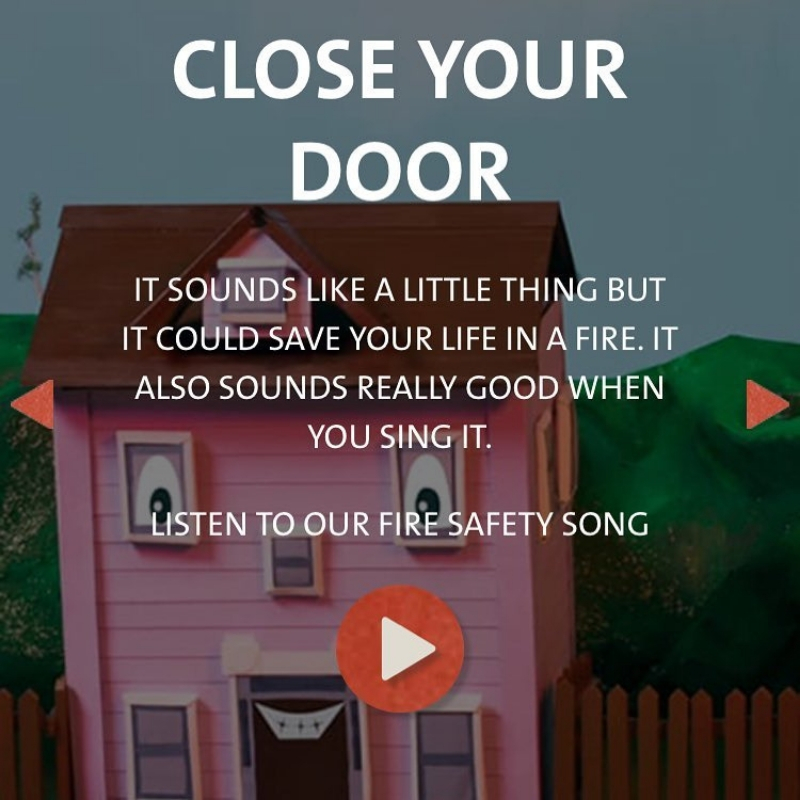
This is the result of an increased use of synthetic materials in house building, as well as in many household items.
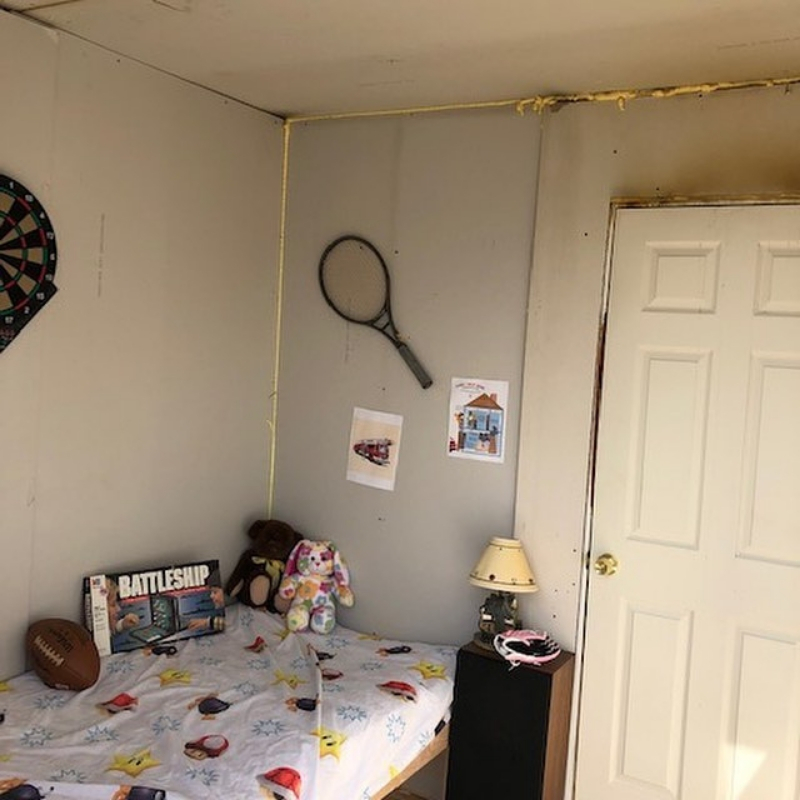
Firehouses around the country have been hosting demonstrations to show what a big difference a closed door can make. This is how one room with a closed door looked after a fire.
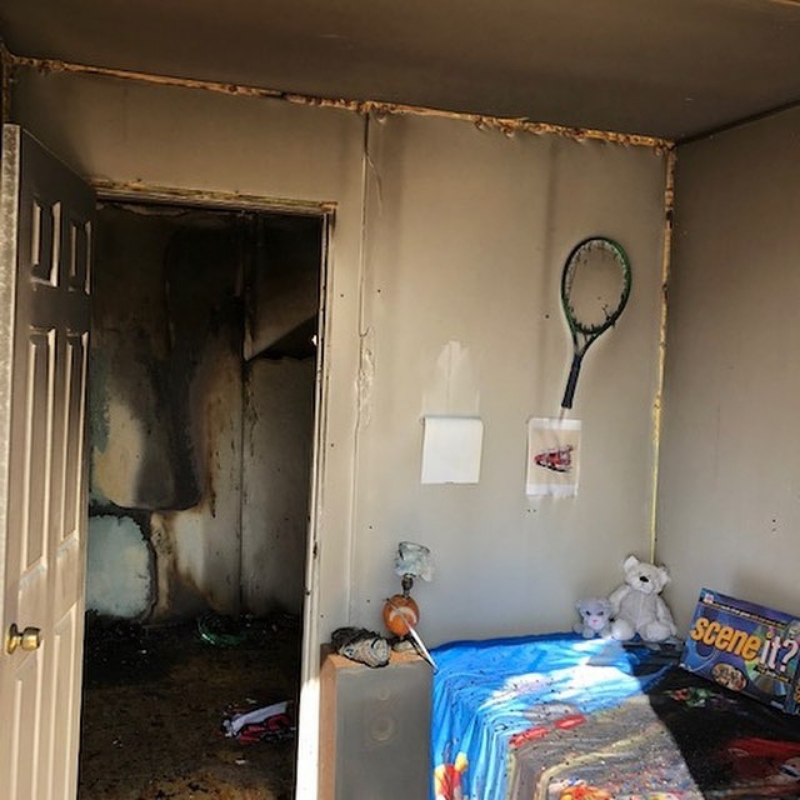
This is what a very similar room looked like after a fire of the same size. The open door led to significantly more damage than the closed door.
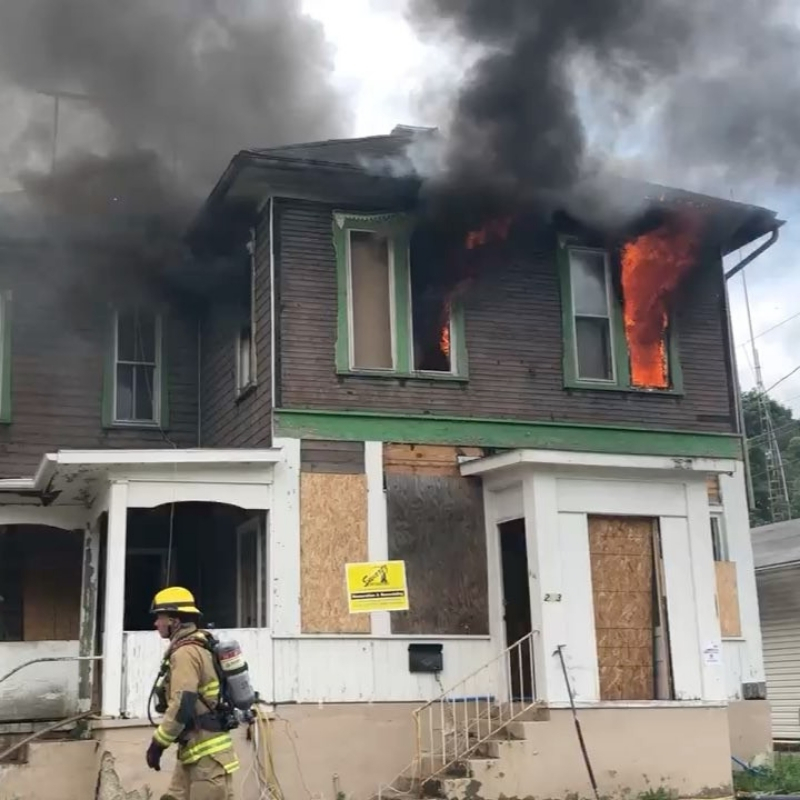
The #CloseBeforeYouDoze campaign urges families around the country to learn the latest about fire safety and learn best practices, starting with keeping bedroom doors closed.

It's especially important because so many people sleep with their doors open, thinking that it's actually safer that way. That misconception is dangerous and can lead to deaths that could have been prevented.
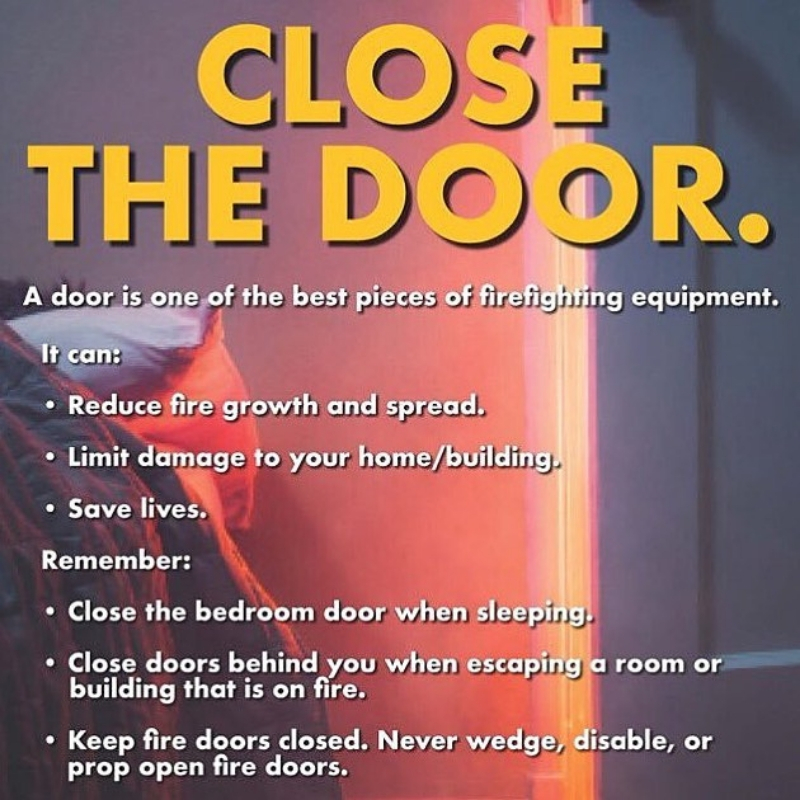
Along with closing bedroom doors, there are other things you can do to keep your home safe.
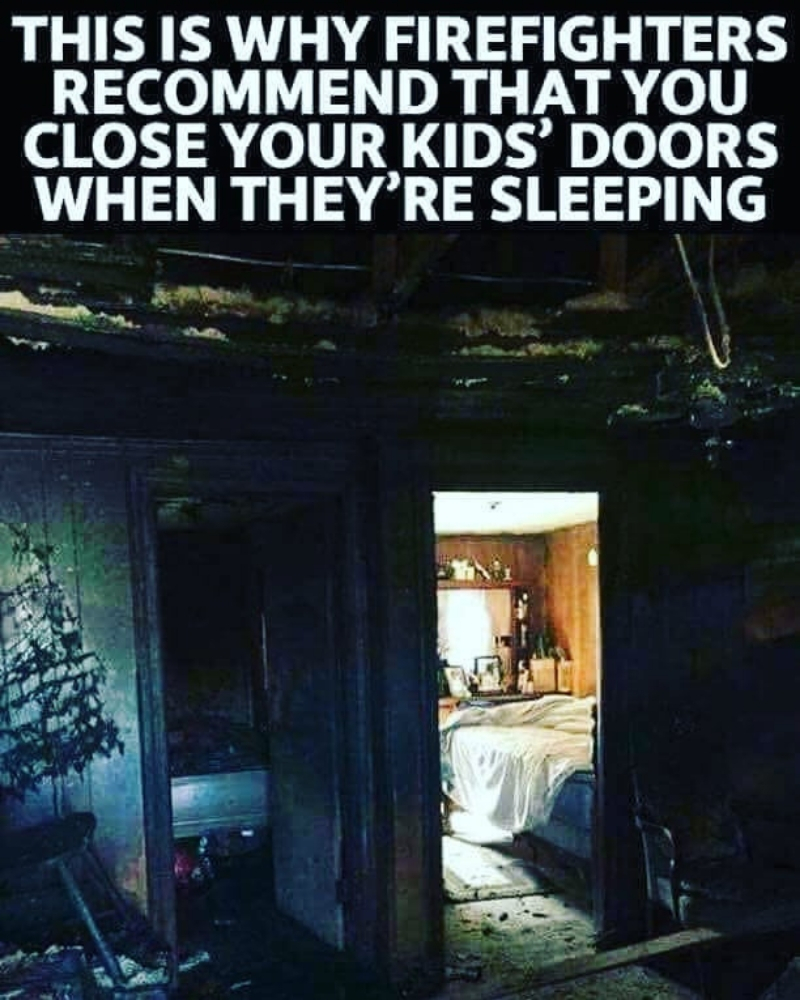
Make sure to check smoke and carbon monoxide detectors and change batteries as directed. Make sure your family has a plan for what to do in the event of a fire, and revisit your plan often.
The photos of the demonstrations of house fires are really shocking, but they relay an important message. Knowing the latest information and talking to your family about fire safety practices can make all the difference.


